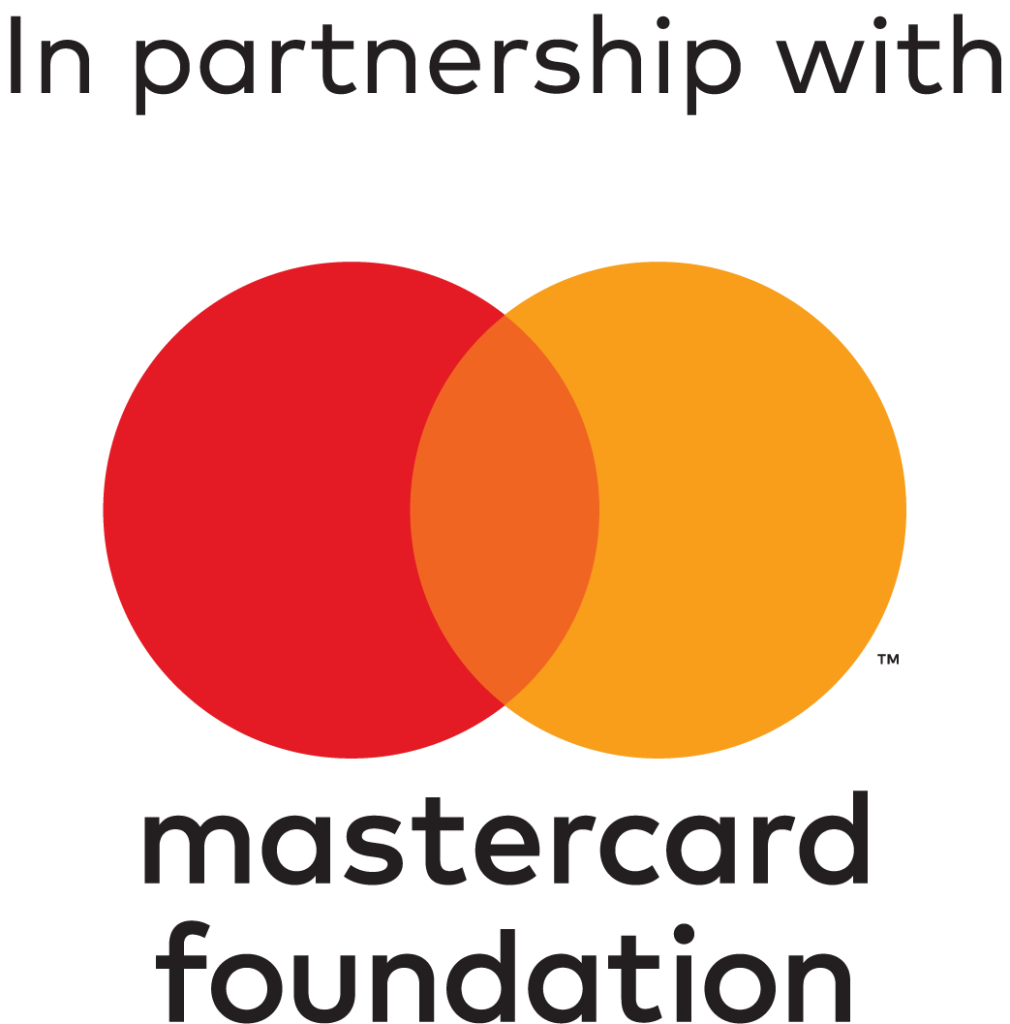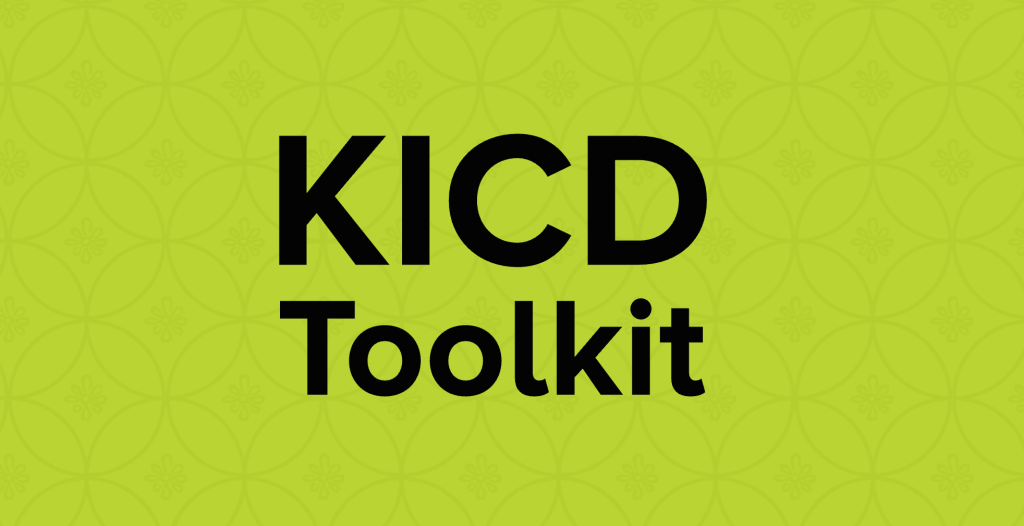“When One Teaches, Two Learn”: Mutual and Collaborative Learning in Education
Research at CcHUB
The saying “when one teaches, two learn” highlights the mutual benefits of the teaching and learning process. This statement is rooted in the idea that the act of teaching not only imparts knowledge to the student, but also helps the teacher to solidify and expand their own understanding of the subject matter. One of the key benefits of teaching is that it requires the teacher to actively engage with the material, which helps to deepen their understanding and retention of the information. This is supported by cognitive science research on the process of elaboration, which shows that actively explaining and organizing information improves memory and comprehension (Karpicke & Blunt, 2011). Additionally, teaching also forces the teacher to anticipate and address potential misconceptions or difficulties that students may have, further strengthening their own understanding of the material. Another key benefit of teaching is that it allows for the sharing and exchange of perspectives, which can lead to new insights and understanding. This is supported by research on collaborative learning, which has shown that working in groups can lead to deeper understanding and improved problem-solving abilities (Dillenbourg, 1999). Furthermore, teaching also provides an opportunity for the teacher to receive feedback from their students, which can help to identify gaps in their own understanding and improve their teaching practice. It’s also worth noting that teaching and learning are not limited to traditional classroom settings, but can also occur in a variety of contexts, such as workplace training, mentorship, and online learning communities. In these contexts, the same principle applies: teaching and learning are mutually beneficial, and the act of teaching helps to deepen the understanding and retention of the material for the teacher as well as the student.
Teachers have long been considered the primary educators in the classroom, responsible for imparting knowledge and skills to their students. However, recent research suggests that the role of the teacher is not just to teach, but also to learn from their students. This approach, known as “teacher as learner,” has been shown to have numerous benefits for both teachers and students. One major advantage of teachers learning from their students is that it allows for more personalized instruction. When teachers actively seek out and incorporate the perspectives and experiences of their students, they are better able to tailor their teaching to the needs of individual students. This can lead to increased engagement and motivation for students, as well as improved learning outcomes. Another advantage of teachers learning from their students is that it promotes a culture of mutual respect and collaboration in the classroom. When teachers actively seek out and value the contributions of their students, it sends the message that the students’ ideas and perspectives are important and valuable. This can lead to a more positive classroom environment and stronger relationships between teachers and students. Additionally, teachers learning from their students can also benefit the teacher’s professional growth. Teachers who take an active role in learning from their students are more likely to stay current and be updated with student’s current trends, interests and skills. They are also more likely to develop a deeper understanding of their subject matter and more effective teaching strategies.
Technology has the potential to enhance mutual and collaborative learning between teachers and students in a variety of ways. One example is through the use of online collaboration tools, such as Google Docs or Microsoft Teams, which allow teachers and students to share and co-create documents and resources in real-time. This can facilitate more active participation and engagement in the learning process, as well as the development of critical thinking and problem-solving skills. Another way technology can enhance mutual and collaborative learning is through the use of digital whiteboards and interactive displays. These tools allow teachers to present information in a dynamic and interactive way, and enable students to easily share their own ideas and insights through the use of digital pens or other input devices. This can help to create a more engaging and interactive learning environment, and can also facilitate the development of digital literacy skills. Additionally, technology can be used to facilitate communication and collaboration between teachers and students outside of the classroom. For example, learning management systems (LMS) such as Canvas or Blackboard, allow teachers to share resources and assignments with students, and to provide feedback and support through online discussion boards or messaging systems. This can help to create a more flexible and personalized learning experience, and can also help to improve student engagement and motivation.
In conclusion, the idea of “teacher as learner” is an important one, as it has been shown to have numerous benefits for both teachers and students either in a physical classroom or in an online learning system. Teachers who actively seek out and incorporate the perspectives and experiences of their students are better able to personalize instruction, promote a culture of mutual respect and collaboration, and benefit their own professional growth.
References
- “Collaborative Learning: The Power of Technology” by EdTech Magazine, URL: https://www.edtechmagazine.com/k-12/article/2017/10/collaborative-learning-power-technology
- “5 Ways Technology is Enhancing Collaborative Learning” by eLearning Industry, URL: https://elearningindustry.com/5-ways-technology-is-enhancing-collaborative-learning
- “The Importance of Technology in Collaborative Learning” by TeachThought, URL: https://www.teachthought.com/technology/the-importance-of-technology-in-collaborative-learning/
- Karpicke, J. D., & Blunt, J. R. (2011). Retrieval practice produces more learning than elaborative studying with concept mapping. Science, 331(6018), 772-775.
- Dillenbourg, P. (1999). What do you mean by collaborative learning? In P. Dillenbourg (Ed.), Collaborative-learning: Cognitive and computational approaches (pp. 1-19). Oxford: Elsevier.
- Darling-Hammond, L. (2017). Teacher learning that supports student learning. Educ. Res., 46(4), 170–176.
- Chappuis, J. (2015). More than a teacher: The role of the teacher as a learner. Educational Leadership, 72(6), 16–20.
- Darling-Hammond, L. (2017). Teacher learning that supports student learning. Educ. Res., 46(4), 170–176.
- Ingersoll, R. M., Strong, M., & Le Floch, K. C. (2012). The impact of induction and mentoring programs for beginning teachers: A critical review of the research. Review of Educational Research, 82(2), 201-233.





